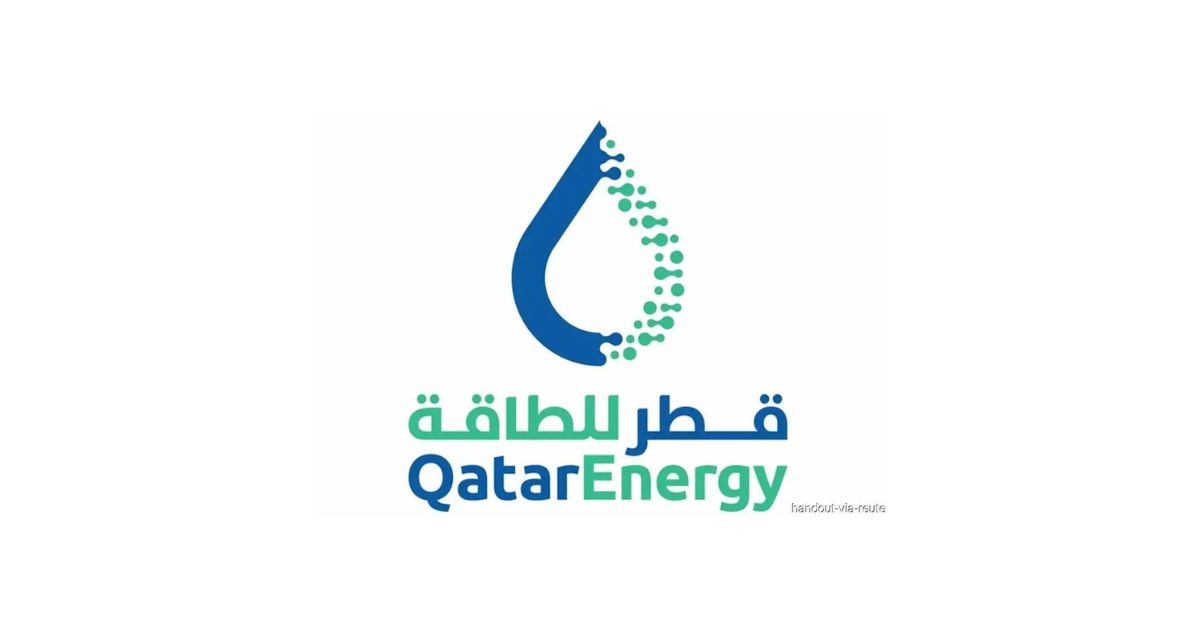QatarEnergy to double urea output, solar power generation by 2030
02 Sep 2024

State-owned QatarEnergy is embarking on a major expansion and diversification programme, which includes doubling annual production of urea and scaling up its solar power production capacity with a new 2,000 megawatt facility, as the country looks to new growth areas other than oil and gas.
QatarEnergy will more than double its urea production capacity to 12.4 million tons a year from the current 6 million tons, Saad Sherida Al-Kaabi, minister of state for energy affairs and president and CEO of QatarEnergy, said at a press conference on Sunday.
Saad Al-Kaabi said the new mega project includes construction of 3 ammonia production lines that will supply feedstock to 4 new world-scale urea production units to be built in Mesaieed Industrial City. He said this would boost Qatar’s urea production by 106 per cent, making the country the world’s largest producer and exporter of urea as well.
He said the first urea line is expected to start production before the end of the decade, adding that it would cater to the ever increasing demand for fertilizers, while also finding alternative use for its natural gas production.
Kaabi also said QatarEnergy is expanding gas production from the North Field with plans to expand overall liquefied natural gas (LNG) production by 85 per cent from current levels. North Field is part of South Pars, the world's largest natural gas field that Qatar shares with Iran.
Kaabi also announced construction of a third new PV solar power plant in Qatar's eastern Dukhan region to more than double Qatar's overall solar energy production to 4,000 megawatts by 2030.
This, he said, will contribute significantly to lower carbon emissions in the framework of a realistic energy transition.
Together with the 800 megawatt Al-Kharsaah solar power plant and two other solar power projects being built at Ras Laffan and Mesaieed industrial cities, with a total production capacity of 875 megawatts, QatarEnergy expects to reduce carbon dioxide emissions in the country by more than 4.7 million tons per annum.





.webp)
















